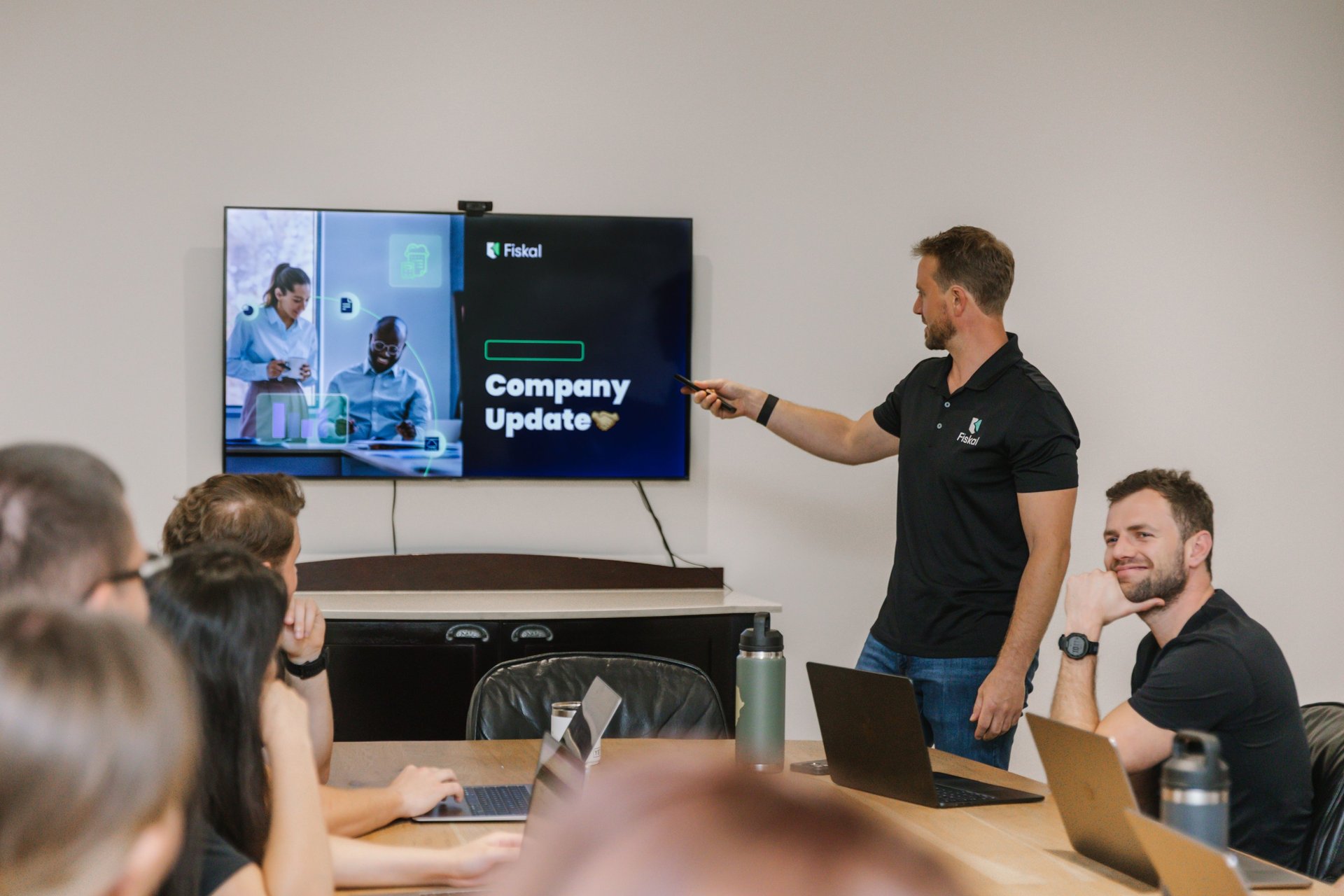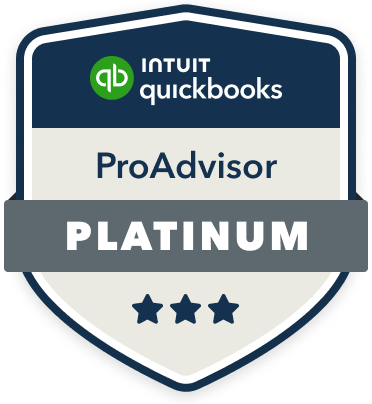
Fishbowl vs. Cin7 Core part 3: Integration ecosystems & API capabilities
Part 3 of the comparison between Fishbowl and Cin7 Core dives into integration ecosystems and API strength. Fishbowl offers a broad but legacy-style integration library, especially suited for QuickBooks Desktop and EDI-heavy businesses, relying on scheduled syncs and consultant setups. Cin7 Core, in contrast, is a cloud-native platform with real-time syncs, webhook-ready APIs, and plug-and-play links to Shopify, Amazon, Xero, ShipStation, and more, ideal for fast-moving, multi-channel brands. The key difference: Fishbowl favors depth in legacy environments; Cin7 Core excels in modern, API-driven workflows.
SYSTEMS AND SOFTWARE
Fishbowl vs. Cin7 Core
Part 3: Integration ecosystems & API depth
Pierre Goldie, Co-founder & CGO @ Fiskal




Contents
TL;DR – Fishbowl vs Cin7 Core (DEAR)
Introduction
Fishbowl: Huge library of connectors, especially strong with QuickBooks Desktop/Online, EDI (SPS Commerce), and long-standing partner plug-ins. Syncs are mostly scheduled; power users lean on consultants or the Commerce Suite for near-real-time.
Cin7 Core: Cloud-native, webhook-ready platform with one-click links to Shopify, Amazon, Xero, QBO, ShipStation, Zapier/Make, 3PLs and more. Real-time inventory updates come standard; robust REST API + webhooks speed custom builds.
Bottom line: For fast-moving, multi-channel brands that live in the cloud, Cin7 Core’s modern API and instant sync win. Fishbowl remains a solid choice for QuickBooks-centric, on-premise shops that value a vast but older plug-in network.
Choosing an inventory management system means choosing how every other tool, Shopify, Amazon, Xero, your 3PL, talks to it. In this post we stack Fishbowl and Cin7 Core (DEAR) side-by-side on:
Native integrations (Shopify, Amazon, Xero, QBO, HubSpot, ShipStation, big-box EDI, 3PLs)
API maturity and developer experience
Real-time vs. batch sync architecture
Ecosystem size, cost, and DIY effort
All framed for U.S. businesses in the $1 M–$50 M range, especially food-and-beverage brands juggling wholesale, retail, and e-commerce channels.
Native integrations at a glance
Key insight: Fishbowl’s list is longer, but many integrations rely on timed tasks. Cin7 Core focuses on cloud-first, near-instant sync via platform APIs.
API & real-time sync
Fishbowl API – REST endpoints (Fishbowl Advanced) cover parts, orders, inventory. No official dev support; polling required. Real-time triggers only for select events (e.g., invoice to QuickBooks).
Cin7 Core API – Full REST + interactive docs. Webhooks (Automation module) push order, stock, and shipment events instantly to external apps. Zapier connector adds no-code options.
Developer takeaway: If you want to build a custom HubSpot or 3PL connector in weeks, not months, Cin7 Core’s webhooks and SaaS endpoint shorten the path.
Two common use cases
1. Shopify + Amazon + ShipStation (D2C)
Fishbowl: Commerce Suite polls channels every 5–15 min; orders batch to ShipStation for labels; tracking flows back on next sync.
Cin7 Core: Shopify/Amazon webhooks drop orders in seconds; Cin7 kicks them to ShipStation instantly, then pushes tracking back to channels, no polling.
2. Big-Box EDI + QuickBooks (Wholesale)
Fishbowl: SPS Commerce sends POs → Fishbowl; shipping ASN & invoice return via same EDI; Fishbowl posts invoices to QBD in real time.
Cin7 Core: SPS Commerce add-on lands POs; shipment confirm triggers webhook to SPS; invoice syncs to Xero/QBO automatically. If you’re on QBD, Fishbowl wins here.
Ecosystem, cost & effort
Objective recommendation
Pick Fishbowl when…
QuickBooks Desktop is non-negotiable
You need mature EDI + on-prem control
Batch updates (every 10 min) are fine and you have a trusted Fishbowl reseller for setup
Pick Cin7 Core when…
Real-time Shopify/Amazon stock sync is mission-critical
You rely on cloud apps (Xero, QBO, HubSpot, Zapier, 3PL APIs)
Your dev team, or Zapier, wants webhook events to automate everything
Both platforms integrate broadly, but their architectures differ: Fishbowl extends legacy depth; Cin7 Core races ahead with cloud flexibility. Match your tech stack and velocity to the IMS that best keeps every system, accounting, storefronts, 3PLs, talking without manual babysitting.
---
Next up: Part 4 – Cost of Ownership & ROI.











